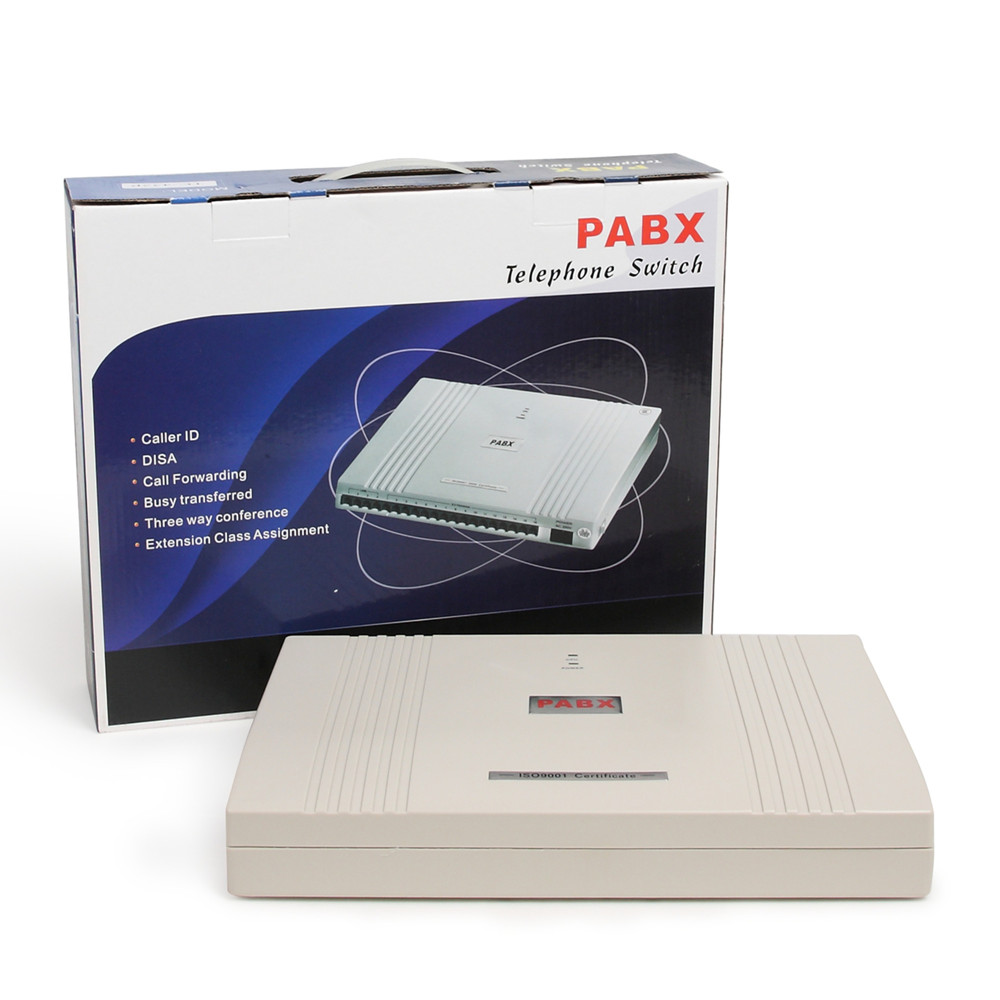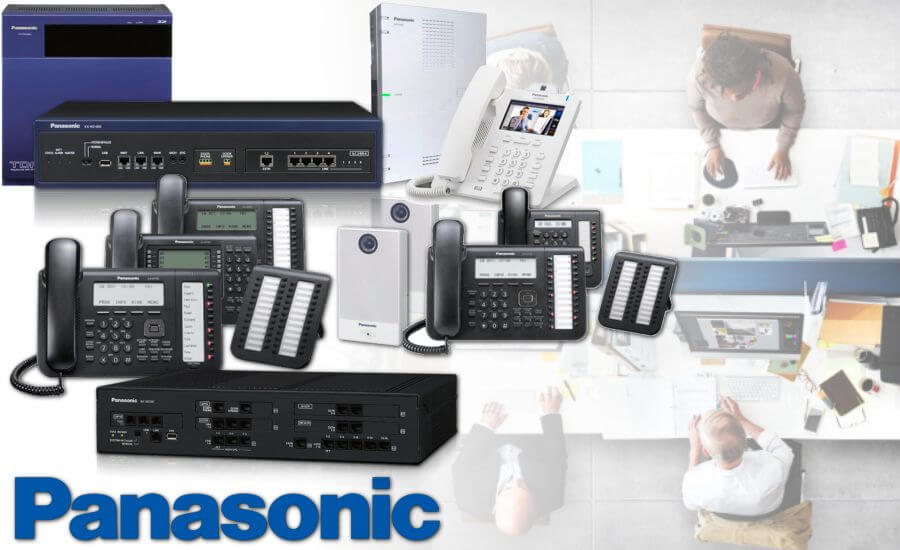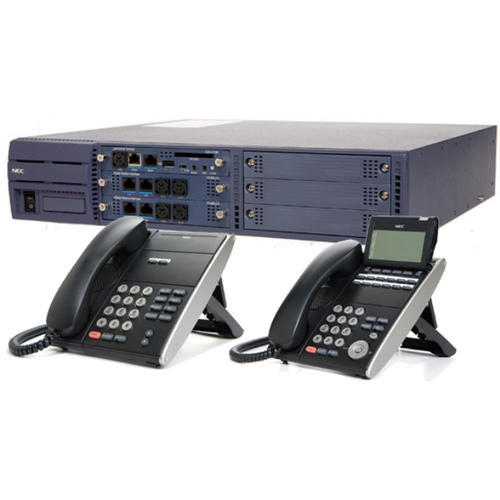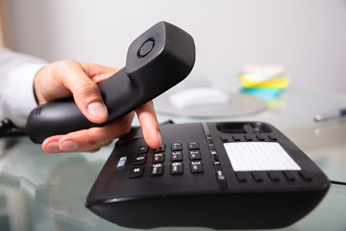
The term “private automatic branch exchange (PABX)” is often used as a synonym for “telephone system”. Private automatic branch exchanges are switchboards which connect several devices, e.g. telephones or faxes and answering machines with each other and with the public telephone network

Hotel phone systems (or hotel PBX) is the system that typically manages all the hotel’s internal and external telephony communications and it’s behavior. Internal calls in hotel phone systems are typically calls between guests and the front desk or other hotel facilities as well as calls among hotel employees. External calls include anything that goes outside of the hotel – including calls with potential customers, guests while outside of the hotel, suppliers, etc. The hotel phone system typically includes an IVR (Interactive Voice Response) to assist callers, and oftentimes includes call-center features, such as queue management and call statistics – unanswered calls, wait-time, and more.

VoIP stands for Voice over Internet Protocol. It is a general term that describes all voice communications over computer networks. This may refer to the way the phones connect to the phone system as well as the way the phone system connects to the service provider for external calls. These days all modern phone systems support VoIP, however, some hotels do not have the proper infrastructure to support VoIP phones in the guest rooms. Such hotels may keep their analog phones and analog infrastructure to provide service to the rooms, while still benefiting from the advantages of VoIP in the offices and external calls. To do that, the hotel must make sure that the purchased hotel phone system supports both VoIP and analog extensions.

VoIP (Voice Over Internet Protocol) is a technology that allows telephone and video calls to be made over the Internet. The technology converts analog voice signals into digital data packets and transmits them over internal and/or public networks. VoIP offers substantial cost savings over traditional long-distance telephone calls and increases employee efficiency by streamlining communications.

Attendant or auto-attendant – phone feature that automatically transfers calls to the appropriate destination. An attendant can handle incoming calls and direct them to the proper person, department, or extension. Automatic callback – this term can refer to a PBX feature that lets employees calling from outside the office avoid long-distance charges. The employee places a short call to the PBX, which calls the individual back using an inexpensive (VoIP) calling plan. Call director – determines rules for routing calls. Caller ID – phone number of the calling party as presented to the call recipient. Calling rules (also, Dialing plan) – policies put in place by the administrator that determine how the PBX handles incoming and outgoing calls. CDR (Call Detail Records) – a list of data about a telephone call that can be stored and analyzed by the service provider including time, caller name, number called, and length of the call. They form the basic information used by service providers to bill their customers and can also be used to assist in evaluating network performance. DISA (Direct Inward System Access) – allows authorized personnel to dial into the PBX from external phones so they can, for example, place calls through the PBX. Find Me / Follow Me – routes incoming calls to a user no matter where he or she is located or what type of device is being used (home, business, or mobile phone).

Addistech maintains technical alliances for its IP phones with a wide variety of IP server vendors, and has conducted extensive interoperability tests.